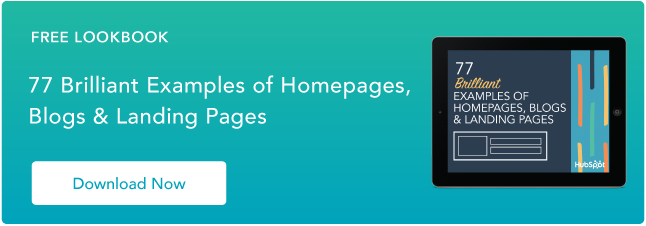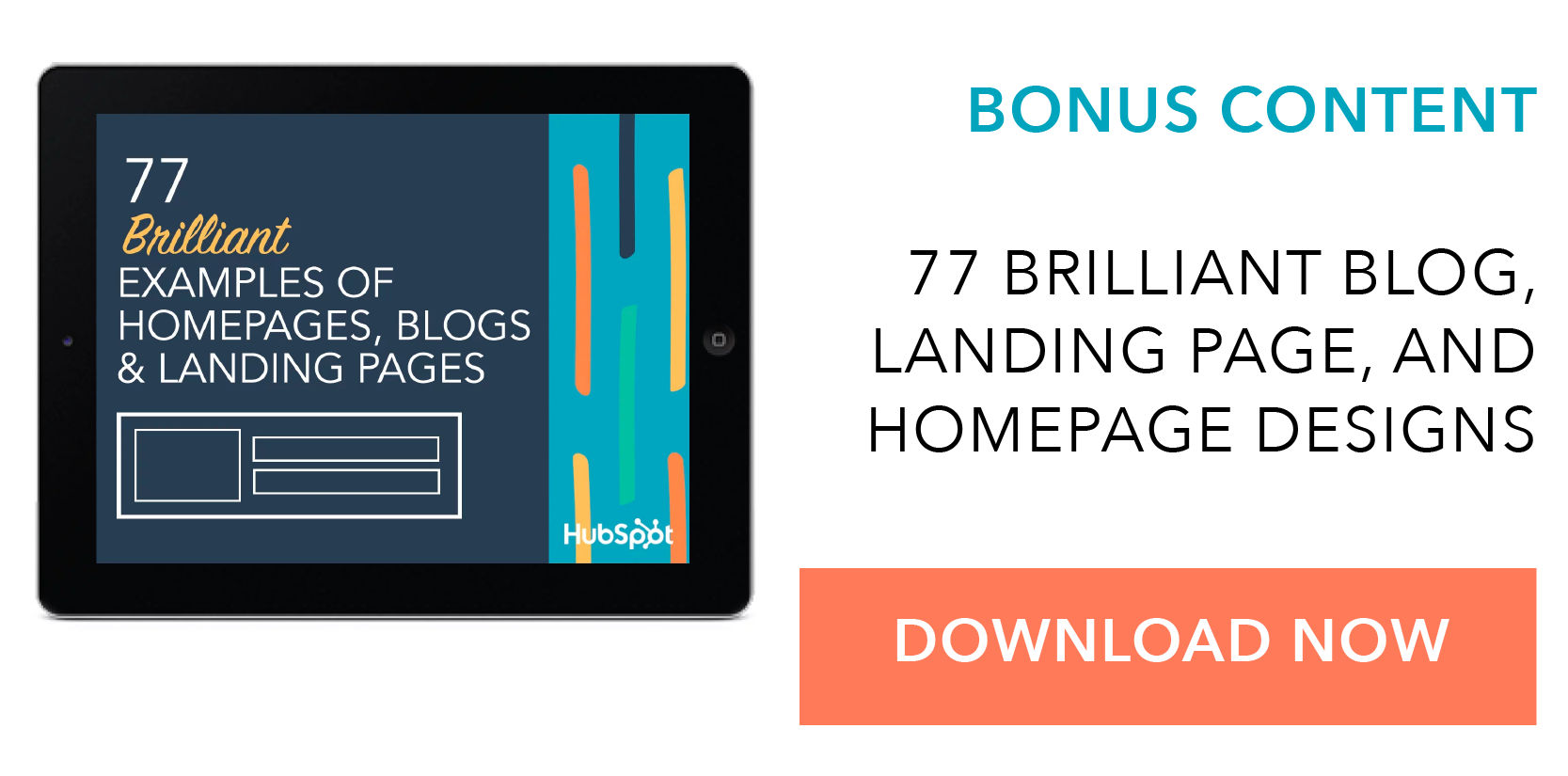Most companies have an FAQ — or Frequently Asked Questions — page on their website. Some may even have a few pages depending on the products or services they provide. FAQ pages include a series of questions that are commonly asked by customers. They cover a variety of topics including product or service usage, business hours, prices, and more.
FAQ pages are important because they save time for both customers and employees. Customers don't have to go through the trouble of contacting a customer support team to get answers to simple questions. Employees don't have to waste time offering support for questions that are frequently asked and could be easily answered with a standardized response.
While sometimes overlooked, FAQ pages are an important component to most customer support strategies. If you're looking to create a new FAQ page for your business, the tips below can help you get started.

How to Create an FAQ Page
- Use Service Data to Identify Your Most Common Questions.
- Decide How You'll Organize the FAQ Page.
- Include Space for Live Support Options.
- Design Your FAQ Page
- Publish the FAQ Page on Your Site.
- Monitor the FAQ Page's Performance.
- Update Content and Add More Solutions Over Time.
1. Use Service Data to Identify Your Most Common Questions.
Your FAQ page should address the most common questions customers have about your products, services, and brand as a whole. The best way to identify those questions is to tap into your customer service data and see which problems customers are consistently reaching out to you with.
If you have ahelp deskorcall center softwareyou can easily discover the most popular questions that customers have for your team. Someticketing systemseven offer tagging features that allow agents to label individual tickets which then automatically categorizes them in a stored database. That way, you can sort your tickets by topic, date, or popularity, when you're analyzing your team's data.
2. Decide How You'll Organize the FAQ Page.
As you'll see from the examples below, not every FAQ page looks the same. Depending on what your company is selling and how many products it offers, your FAQ page might consist of a single page with a list of questions or several pages linked together. What's best for your business will vary based on the needs of your customers and how easy it is to troubleshoot your products.
If your FAQ page does consist of multiple pages, then one critical element you'll need to consider is your navigation bar. If your search bar is tricky to use or doesn't yield desired results, customers won't have the patience to sift through pages one by one until they find an answer. When creating your knowledge base articles, try to use searchable keywords in both your post titles and in your writing. This will make your pages easier to find since they'll include the same terms and phrases that visitors searching for.
3. Include Space for Live Support Options.
FAQ pages are intended as an initial support option for customers looking for an immediate answer to a quick question or problem. It shouldn't replace your knowledge base or your entire support team, but rather supplement your support channels as an additional, lightweight resource.
When customers do have questions that extend beyond the range of your FAQ page, you should have options available that directly connect them with your support team. You could add a link that opens a new support ticket or even just list your call center's phone number at the bottom of the page. The idea is that customers shouldn't have to navigate back to your home page just to locate your company's email or phone number.
4. Design Your FAQ Page.
The next step is to design your FAQ page. We have some handy tips for doing this located in the next section of this post. But, if you can't wait until then, here's ajump linkso you can skip on down.
5. Publish the FAQ Page on Your Site.
Once your FAQ page is ready, it's time to publish it to your website. Most companies will provide a link to the FAQ page in their website's main navigation bar, so no matter where they are on the site, visitors can go directly to the page if they need help.
If you have a knowledge base, then you may want to add the FAQ page as a section of this resource. In this case, makes sure your FAQ page is extremely searchable and includes plenty of keywords that will make it easily accessible to customers searching your website.
6. Monitor the FAQ Page's Performance.
With your page up and running, customers should be more successful in finding solutions to common problems. To find out if that's the case, you'll need to revisit the customer data that you used to create your FAQ page in the first place.
回到你使用的类别your support cases. Are there any differences between now and before? Are the same problems affecting your customer base? Or, are you noticing case volume for your most common problems decreasing? If you're seeing this type of positive change, then you know your FAQ page is effective.
7. Update Content and Add More Solutions Over Time.
As your business grows, you should update your FAQ page to include any new questions that become popular over time. For example, if you release a new product or service you'll need to update your FAQ page so that it includes troubleshooting tips for this offer as well. This shows that you takecustomer successseriously and that you're rolling out new products and services that your team knows how to support.
Designing an FAQ pagemay seem like a piece of cake, but it's easy to get carried away with your design and over-complicate the page. When developing your FAQ page, use the following tips to ensure your design is optimal for your customers.
FAQ Page Design
1. Write clear and concise pages.
In terms of FAQ pages, "the more the merrier" is actually a fallacy. Too much text can end up being too confusing, causing readers to have to search for the answer they need. Rather than writing long and eloquent paragraphs, it's best to be straightforward and brief when providing answers.
2. Regularly update each page.
It's important that every FAQ page you have is always accurate. As your organization faces product launches and updates, your FAQ pages should reflect these changes as well. This means your team needs to consistently review each page and revise it after launching new features.
3. Include a search bar.
While it's helpful to list out all FAQ questions on a single page or link to them from alanding page,这种密集的格式可以是乏味的any customers. Often times, customers come to a FAQ page with a single question in mind and are forced to scroll through tens or hundreds of other questions to find theirs. If they have access to a search bar, they can easily search their question or related keywords to save time.
4. Organize questions by category.
What can also be tedious is listing all the questions in a random order. This is especially frustrating for customers who have several related questions regarding a single topic. Thus, it's helpful if you divide up questions into overarching topics, such as products, security, and billing.
5. Link top questions.
It's good to have categories laid out on the landing page of your FAQ section. However, there are likely some questions that are more popular than others. To save customers even more time, these top questions should have their own section and a link to their answer at the top of your FAQ page. That way you can maintain your categorical organization while making your most commonly asked questions more accessible.
6. Stick to the basics.
You might want to lighten up your FAQ pages with fun colors, themes, or humor. These can be effective based on your organization and its branding, but customers aren't on your FAQ pages to be entertained. It's typically best to stick to a basic format and simple design that can be quickly accessed and easily read.
These tips can offer you structure when crafting your own FAQ page. For more guidance in your design process, check out the following companies who created successful FAQ pages.
FAQ Page Examples
1.Zappos
Zappos saves visitors a lot of time with its simple and easy-to-read FAQ page. Questions are separated into larger categories that make for simple searches. While there's no search bar, the ease of viewing all questions on a single page makes for an equally accessible experience.
 Source:Zappos
Source:Zappos
2.Dropbox
Dropbox checks all the boxes with its thorough, but uncomplicated FAQ page. The page has a clear, bold search box which encourages visitors to utilize the tool over scrolling for their question. The top of the page has links to its featured FAQ pages — likely the most popular or newest ones. Below that are many topics with short descriptions to help readers access answers quickly.
 Source:Dropbox
Source:Dropbox
3.Bank of America
美国银行的FAQ页面很好。首先,是fore accessing the page, it allows you to select your state of residence. Then, you have several options to search on the FAQ page. You can scroll through topics and select the one that best fits your question or you can search your question in the search bar. And there are links on the right side that help you perform some important actions like reporting fraudulent activity.
Source:Bank of America
4.Etsy
Etsy succeeds in having an FAQ page that's informative, straightforward, and aesthetically pleasing. What's great about it is that the popular articles are listed with their overarching topic name. When you click on the article, you can access other articles within that topic on the left-hand column. Below that are many more topics divided between two easy-to-grasp parent categories.
Source:Etsy
5.AdobeCreative Cloud
AdobeCreative Cloud has an FAQ page with a search bar at the top and a disclaimer that the content applies to the 2018 version of Creative Cloud. The best part is that you never have to link away from the original page. Every topic is linked at the top within larger sections. If you scroll down, you can read each question within each topic and click on the arrow to read the answer.
Source:Adobe
6.McDonald's UK
The McDonald's UK FAQ page is aesthetically pleasing, and even includes pictures of customers enjoying the product. As you scroll down you see several options for finding answers to questions. You can search your question, filter responses by one or more topics, or simply scroll down through all the 967 questions listed on the page (which may be a bit time-consuming but, hey, your choice).
 Source:McDonald's UK
Source:McDonald's UK
7.WhatsApp
WhatsApp's FAQ page has a soothing, green color scheme that aligns well with its branding. Beyond that, there are no frills on this simple FAQ page. There's a clear search bar that allows you to type in keywords. Below that are the broad product categories, along with links to three popular questions or topics. You can view all questions within a category by clicking the appropriate link.
Source:WhatsApp
8.Wikipedia
Wikipedia has an FAQ index that's formatted very similarly to its articles. You can search through all the FAQs at the top or view overarching topics within the categories of "General" and "Specific." Each topic brings you to a separate page that lists all the questions and their answers.
Source:Wikipedia
9.Shopify
Shopify's FAQ page is an example of one FAQ page that doesn't necessarily require a search bar. Since there isn't a surplus of questions — just 14 in total — visitors may not need to search their question at all. You can click one of the four topics on the left-hand side or scroll down to view all questions and answers on the same page.
 Source:Shopify
Source:Shopify
10.Microsoft
Microsoft has a FAQ page that might surprise you with how minimalist it is. The landing page simply features headers like "Windows" and "Office" with plus signs beside them. Once you click the drop-down menu, it reveals a list of questions related to the topic.
This is another example of an FAQ page that may not require a search bar. Since there are only 26 questions in total, Microsoft can just list the questions and answers for each category.
 Source:Microsoft
Source:Microsoft
For more assets that can save your customers' time, read about some usefulcustomer success tools.
Originally published Sep 2, 2020 8:00:00 AM, updated June 15 2021
Don't forget to share this post!
Related Articles
Expand Offer
Customer Service Metrics Calculator
Get it now

